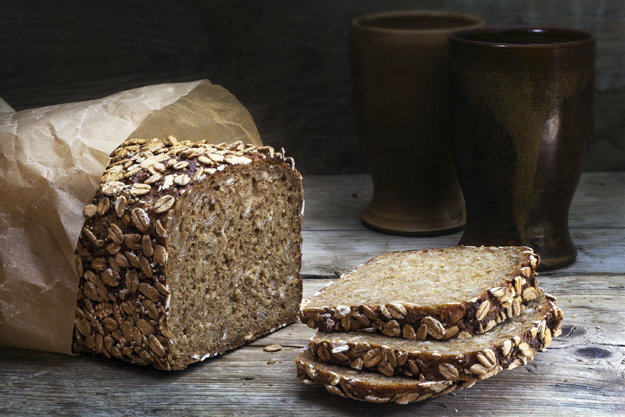There’s no disputing the fact that both the choice and quality of free-from food has improved dramatically in recent years, but there’s one item that’s still relatively tricky to find if you’re on a gluten-free diet, and that’s a decent loaf of bread. Until now…

If you follow a gluten-free diet, you’ll know just how disappointing many loaves of free-from bread are, but there’s a good reason why this is. Whilst gluten may leave us feeling terrible, it’s the not-so secret ingredient that gives bread dough it’s soft, springy texture that we all love so much, and which gluten-free bread is largely lacking in as they are contain large amounts of fibre which is naturally inelastic.
However a group of scientists from the land of gluten-filled foods, Italy, claim to have discovered a gluten substitute that is very similar to the real thing. The scientists,Virna Cerne and Ombretta Polenghi, who work for an Italian-based food company called Dr. Schär, said their goal was to find an alternative for the estimated 1% of people who suffer with coeliac disease, and other gluten-related sensitivities and intolerances.
So what is this miraculous new substance they have discovered? Cerne and Polenghi have isolated a new form of protein called zein, which is found in corn and has a similar elastic quality to gluten when developed in the right temperature, moisture, and pH conditions. Zein-infused products are still in the research and development phase, but the hope is that because the protein is found in corn, which is widely and cheaply cultivated, it will provide more affordable gluten-free alternatives, which could mean new products made with the substance are more affordable to consumers.
“Once the zein protein is isolated, it can be added to different gluten-free flours like rice or corn flour and it solves the problem of no elasticity,” Cerne says. isolated a new form of protein called zein, which is found in corn and has a similar elastic quality to gluten when developed in the right temperature, moisture, and pH conditions. “Once the zein protein is isolated, it can be added to different gluten-free flours like rice or corn flour and it solves the problem of no elasticity,” Cerne says.
We have no word on when we can expect to see these new gluten-free breads hitting our shelves, but rest assured they will be delicious when they do as the two scientists are committed to creating tasty food for those on restrictive diets.
